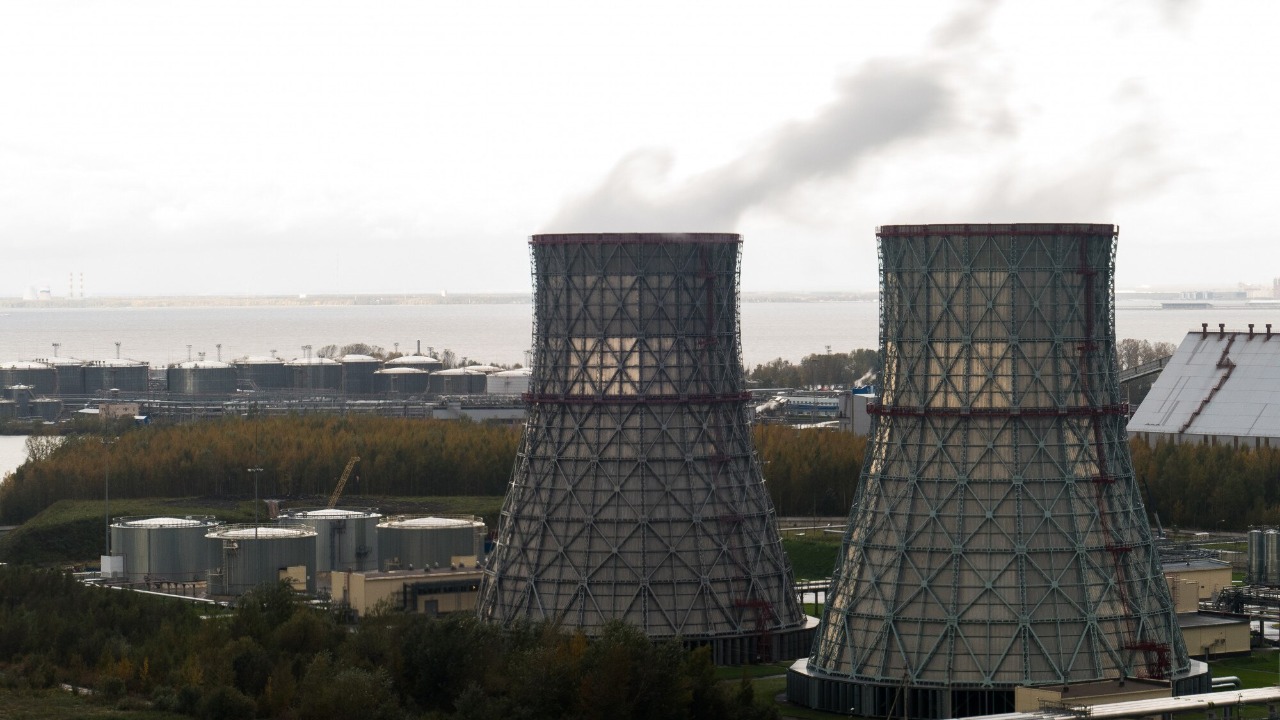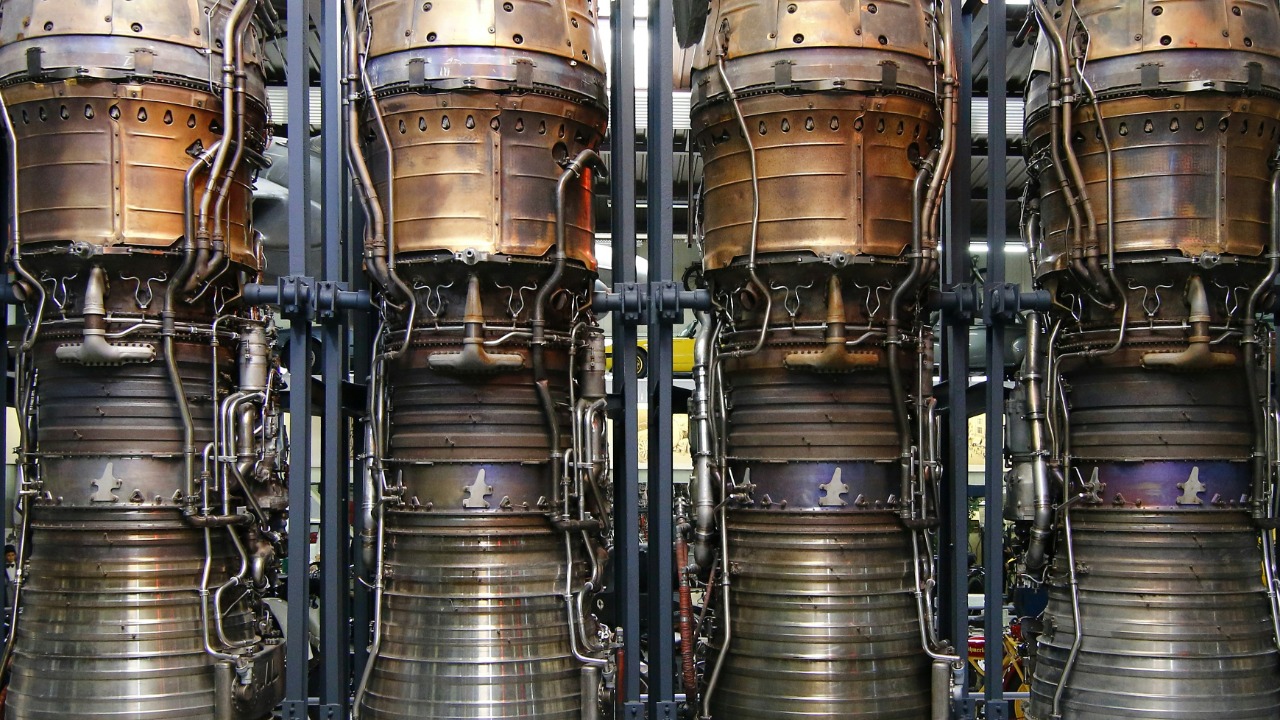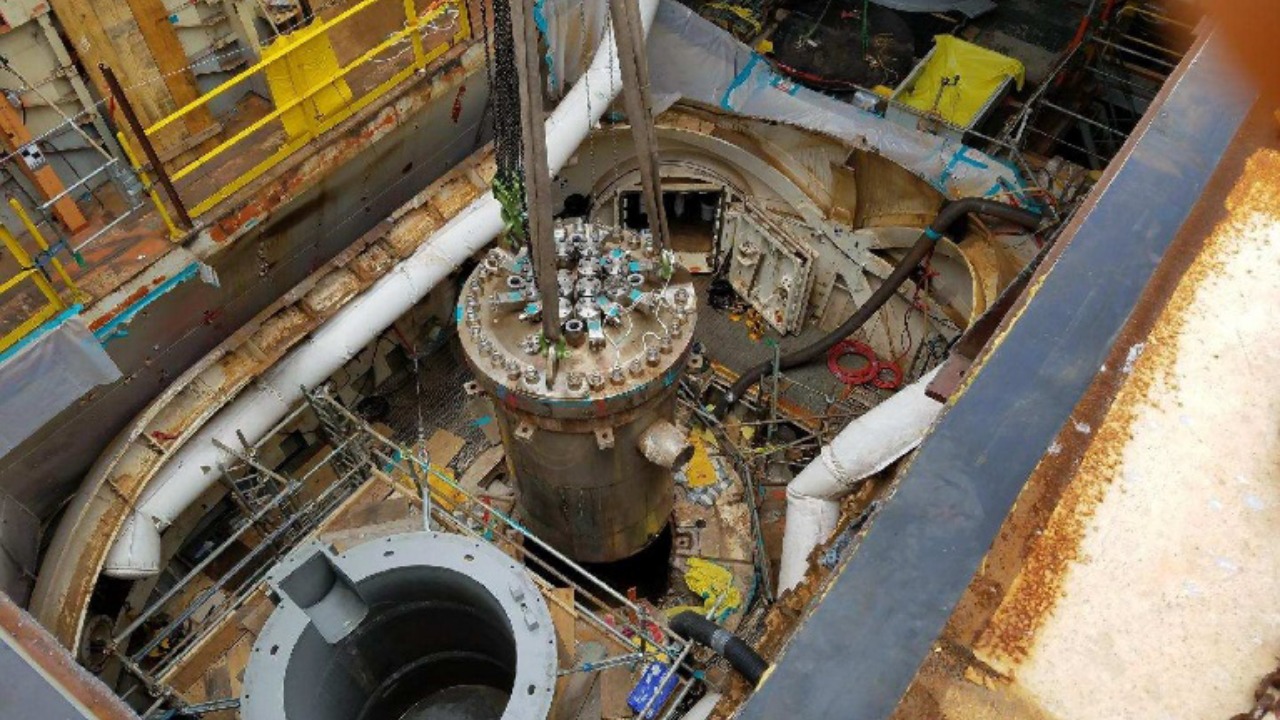
Fusion power, long hailed as the holy grail of clean energy, has faced decades of scientific and engineering challenges. Recent breakthroughs, however, have brought this dream closer to reality than ever before. Could fusion power plants finally become a feasible solution for the world’s energy needs? Recent discoveries and technological advancements suggest that the answer is a resounding yes.
Advancements in Fusion Technology

Breakthrough Discoveries
In recent years, scientists have made significant progress in understanding and overcoming the barriers that have long plagued fusion research. One of the most notable breakthroughs is the resolution of the 70-year-old fusion puzzle, which has profound implications for achieving sustainable fusion reactions. By addressing key issues related to plasma stability and energy confinement, researchers have unlocked new potential for generating clean energy from fusion.
These discoveries are crucial because they address fundamental problems that have hindered the development of fusion power. With a better understanding of plasma behavior and improved techniques for maintaining optimal conditions within a reactor, scientists are closer than ever to achieving a self-sustaining fusion reaction that produces more energy than it consumes.
Accelerated Reactor Design
The design process for fusion reactors has also seen remarkable acceleration. Thanks to new methodologies, the time required to design reactors has decreased significantly. Innovations like advanced computer simulations and modeling have allowed researchers to optimize reactor components and operations more efficiently. According to a report on fusion reactor design, the design process has been accelerated by tenfold, bringing us closer to practical implementation.
These advancements mean that scientists can now test and refine reactor designs more quickly, reducing the time and cost associated with bringing new technologies to market. By utilizing cutting-edge tools and techniques, researchers can better predict how different reactor configurations will perform, paving the way for the construction of more efficient and reliable fusion power plants.
Overcoming Historical Challenges

Energy Input vs. Output
One of the most significant challenges in fusion research has been achieving a favorable energy gain factor, where the energy output from a fusion reaction exceeds the energy input required to sustain it. Recent advancements in plasma confinement and heating technologies have dramatically improved this metric. By utilizing sophisticated magnetic confinement systems and advanced heating methods, researchers have managed to increase the efficiency of fusion reactions.
These innovations are crucial for making fusion power a viable energy source. By enhancing the energy gain factor, scientists are moving closer to creating reactors that can operate economically and sustainably. The improved efficiency of fusion reactions not only makes them more practical but also enhances their potential as a clean and limitless energy source.
Material and Engineering Solutions
The development of new materials capable of withstanding the extreme conditions inside a fusion reactor has been another key area of progress. Researchers have focused on creating materials that can endure high temperatures and intense radiation without degrading. These advancements are critical for ensuring the stability and longevity of fusion reactors.
Engineering solutions have also played a vital role in overcoming historical challenges. Innovations in reactor design have improved stability and reduced the risk of disruptions, which are major hurdles in maintaining continuous fusion reactions. By addressing these engineering challenges, scientists are paving the way for more reliable and durable fusion power plants.
Global Collaboration and Investment

International Projects and Partnerships
International collaboration has been a driving force behind recent advancements in fusion research. Major projects like ITER, an international nuclear fusion research and engineering megaproject, have brought together scientists and resources from around the world. By pooling expertise and funding, these collaborative efforts have accelerated progress in the field.
These partnerships have facilitated the exchange of knowledge and technology, allowing researchers to build on each other’s successes and overcome common challenges. This global approach has been instrumental in advancing fusion research and bringing the possibility of commercial fusion power closer to reality.
Increased Funding and Private Sector Involvement
The rise in funding from both governmental and private sectors has been another catalyst for innovation in fusion research. As more countries and companies recognize the potential of fusion power, they are investing heavily in research and development. This influx of resources has enabled scientists to pursue ambitious projects and explore new avenues of research.
Private companies are also playing a crucial role in the commercialization of fusion power. By developing new technologies and business models, these companies are working to make fusion energy accessible and affordable. Their involvement is essential for bridging the gap between research and practical implementation, ensuring that fusion power becomes a reality in the near future.
Environmental and Economic Impacts

Sustainable Energy Source
Fusion power offers significant environmental benefits, making it an attractive alternative to traditional energy sources. By harnessing the power of fusion, we can significantly reduce carbon emissions and mitigate the impact of climate change. Unlike fossil fuels, fusion reactions produce no greenhouse gases, making them a clean and sustainable energy source.
Compared to current energy sources, fusion power has a minimal environmental footprint. It generates no long-lived radioactive waste, and its fuel can be sourced from abundant materials like hydrogen isotopes. These characteristics make fusion power a viable solution for meeting global energy demands while preserving the environment.
Economic Viability and Job Creation
The economic potential of fusion power is immense. By providing a stable and abundant energy supply, fusion can reduce energy costs and enhance energy independence. This has far-reaching implications for the global economy, as countries can rely less on imported fossil fuels and invest in domestic energy production.
The fusion industry also holds promise for job creation and economic growth. As the technology matures, it is expected to generate new jobs in research, engineering, and manufacturing. By fostering innovation and creating new industries, fusion power can drive economic development and provide new opportunities for communities worldwide.
Future Prospects and Challenges

Roadmap to Commercialization
The path to commercializing fusion power involves several key steps and milestones. Researchers are currently focused on developing demonstration reactors that can prove the viability of fusion as a practical energy source. Once these reactors are operational, the next phase will involve scaling up the technology and integrating it into existing energy infrastructure.
Projected timelines for fusion energy deployment are optimistic, with some experts suggesting that commercial fusion power could be available within the next few decades. However, achieving this goal will require continued investment in research and development, as well as support from policymakers and industry leaders.
Addressing Remaining Challenges
Despite the significant progress made in fusion research, several scientific and technical challenges remain. Researchers must continue to improve plasma confinement and heating techniques to achieve sustained fusion reactions. Additionally, further advancements in materials science are needed to develop components that can withstand the harsh conditions inside a reactor.
Policy and regulation will also play a crucial role in facilitating the transition to fusion energy. Governments must create an enabling environment that supports research and incentivizes investment in fusion technologies. By addressing these challenges, we can move closer to realizing the potential of fusion power as a clean, sustainable, and abundant energy source.